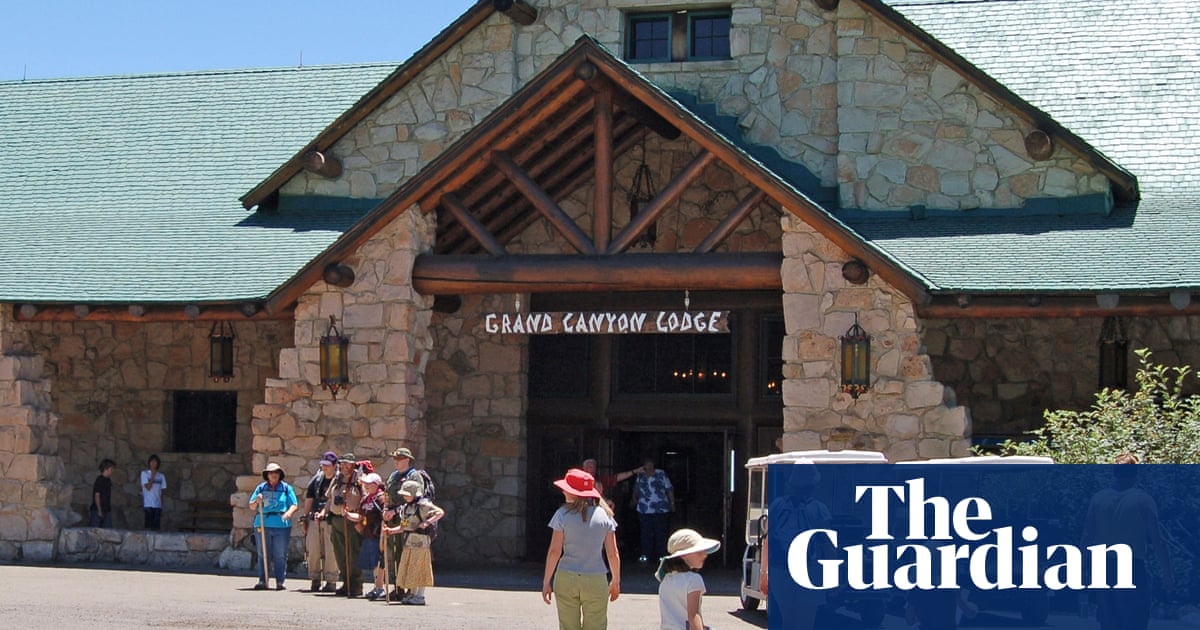Wildfire Devastates Grand Canyon Lodge: A Historic Loss
The Grand Canyon Lodge, a cherished landmark on the North Rim, has tragically succumbed to a rapidly spreading wildfire. This devastating event has prompted park officials to close access to the area for the remainder of the season. Park Superintendent Ed Keable announced the loss during a meeting with park residents and staff on Sunday, detailing the extent of the destruction.
The Impact on Infrastructure
In addition to the Grand Canyon Lodge, the wildfire has claimed several critical structures. The visitor center, a gas station, a wastewater treatment plant, an administrative building, and various employee housing facilities have also been lost to the flames. The lodge, the sole accommodation facility on the North Rim, was a significant draw for thousands of visitors each year.
Understanding the Wildfire Threat
Two significant wildfires are currently affecting the North Rim: the White Sage fire and the Bravo Dragon fire. Combined, these blazes have charred over 45,000 acres. The White Sage fire has consumed approximately 40,126 acres, while the Bravo Dragon fire, located to the south within the Grand Canyon National Park, has reached 5,000 acres. Initially classified as a controlled burn, the Bravo Dragon fire escalated rapidly after being ignited by lightning on July 4th, necessitating a shift to suppression efforts as the situation deteriorated.
Evacuations and Safety Measures
In response to the fires, Coconino County officials issued evacuation orders, urging residents to leave immediately. Fortunately, no injuries have been reported as a result of the wildfire. However, complications arose when the burning water treatment plant released chlorine gas, resulting in an urgent evacuation of firefighters and hikers from the inner canyon. This type of gas poses a significant health risk, particularly in lower elevations where it can accumulate.
The Historic Grand Canyon Lodge
The Grand Canyon Lodge was often the first notable feature that greeted visitors upon their arrival, boasting a design characterized by its sloped roof, towering ponderosa beams, and expansive limestone facade. Guests would walk through the lodge, often captivated by the breathtaking view of the Grand Canyon framed in the lobby’s sunroom, creating an experience reminiscent of a bygone era.
Tim Allen, a longtime Flagstaff resident and yearly visitor to the Grand Canyon, expressed the lodge’s unique charm: “It just feels like you’re a pioneer when you walk through there. It really felt like you were in a time gone by.”
Community Response and Support
Aramark, the company that operated the lodge, confirmed that all guests and staff were safely evacuated before the fire reached the structures. "As stewards of some of our country’s most beloved national treasures, we are devastated by the loss,” stated spokesperson Debbie Albert, emphasizing the profound impact this event has had on the community.
Historical Significance
Interestingly, the Grand Canyon Lodge has its own history of resilience. The original structure was destroyed by a kitchen fire in 1932, just four years after its completion. The rebuilt lodge, which opened in 1937, featured portions of the original stonework, symbolizing the area’s enduring spirit despite challenges.
Firefighting Efforts Underway
While the devastation on the North Rim is significant, firefighting crews are making strides in combating the White Sage fire. Fire lines that prompted evacuations in the North Rim and the community of Jacob Lake are holding, providing hope as crews work tirelessly with bulldozers and hand tools to establish buffer zones. However, the northern and eastern perimeters of the fire are still spreading, fueled by dry grasses and standing dead trees, intensifying the challenge for firefighting teams.
Visitor Impact and Future Plans
Millions flock to the Grand Canyon National Park annually, with the South Rim being the most popular destination. The North Rim operates seasonally, and its closure due to the wildfires will undoubtedly affect many travelers. As the park grapples with this tragic loss, the focus remains on safety and recovery, pointing to the resilience of both the natural landscape and the community surrounding this iconic national treasure.


